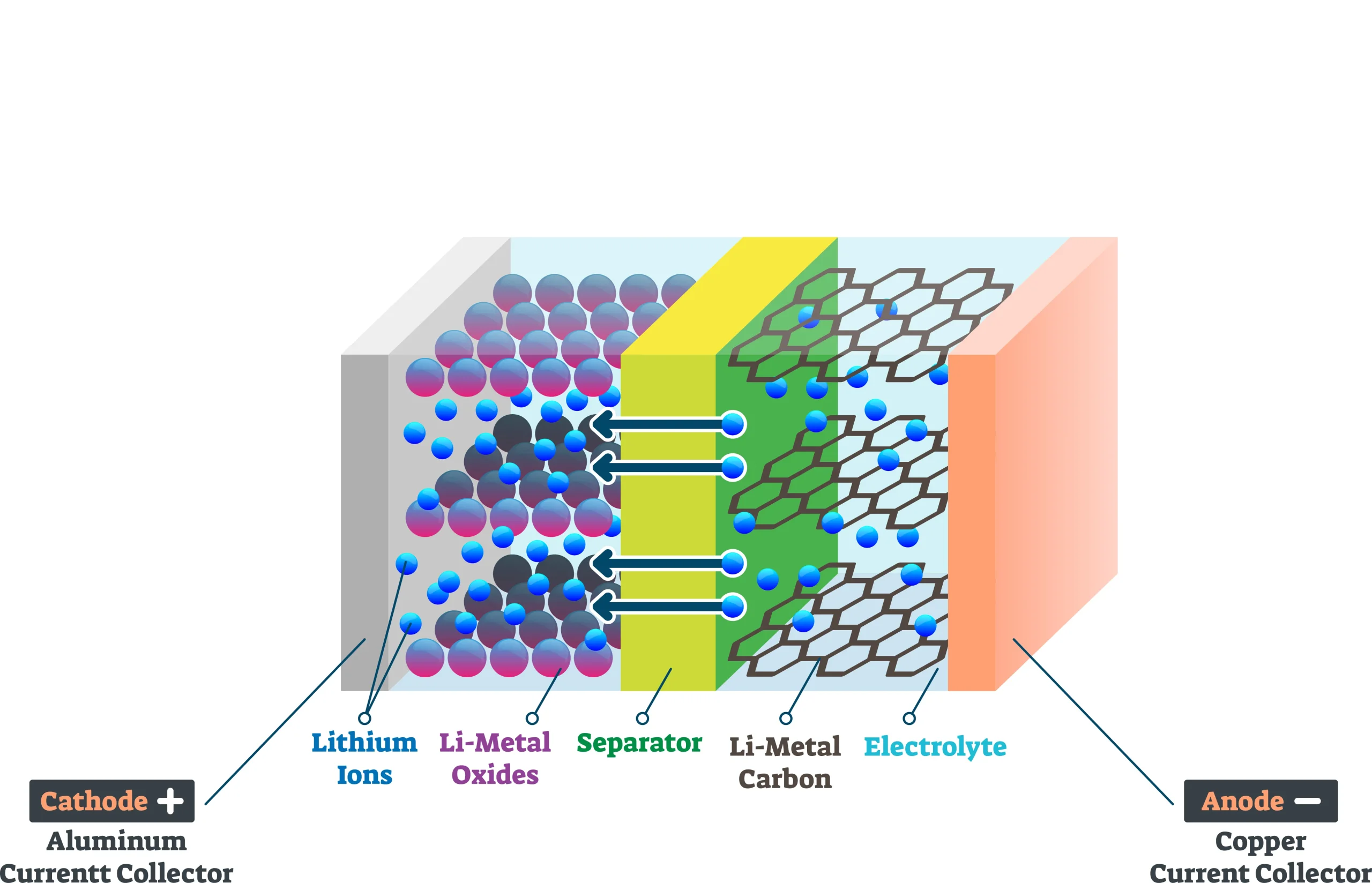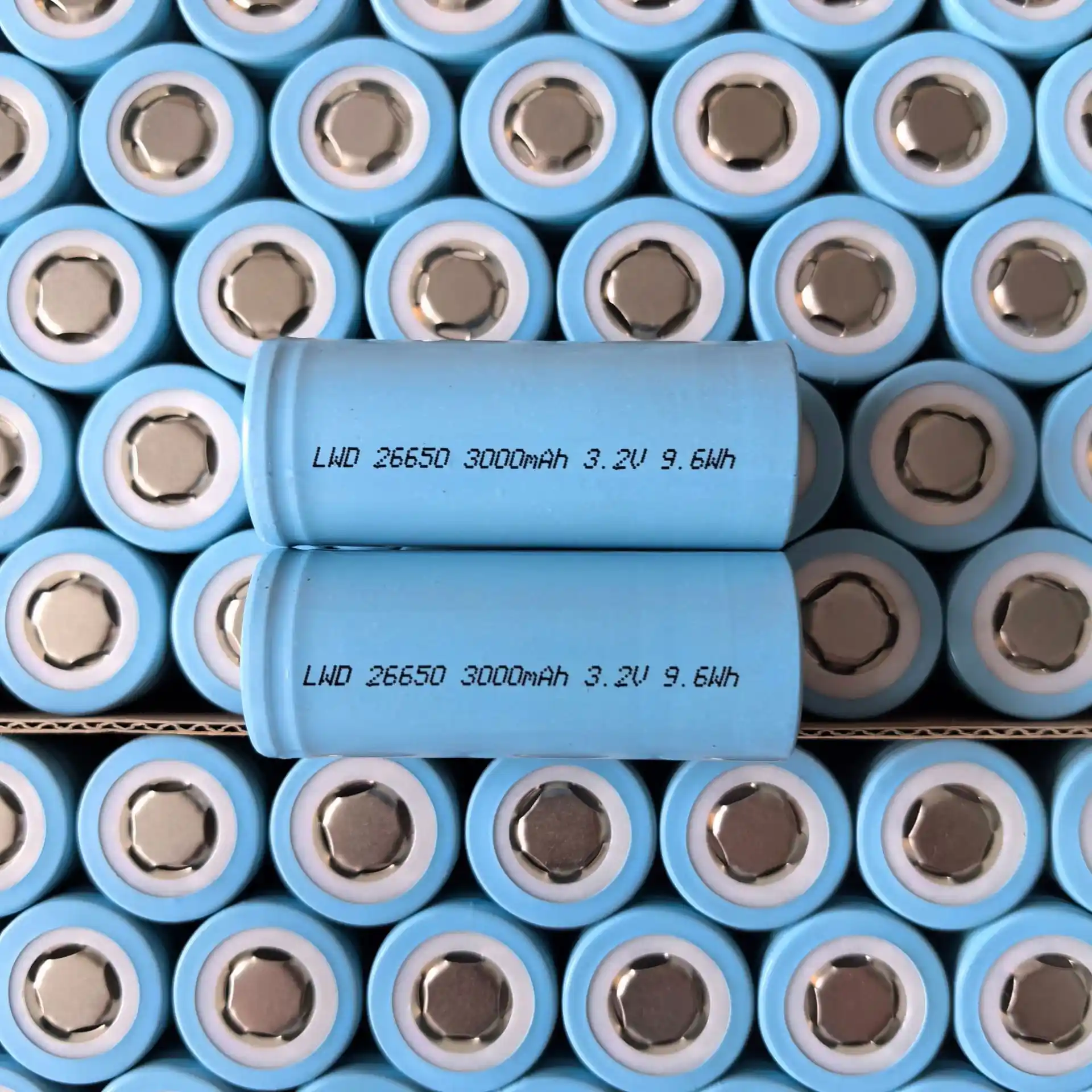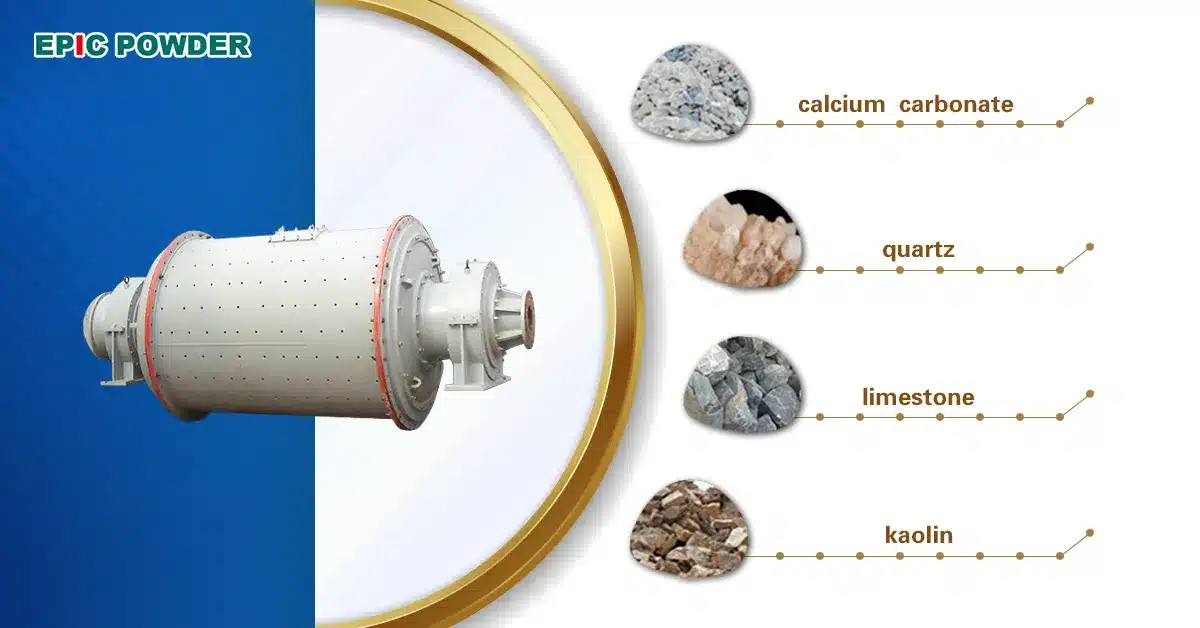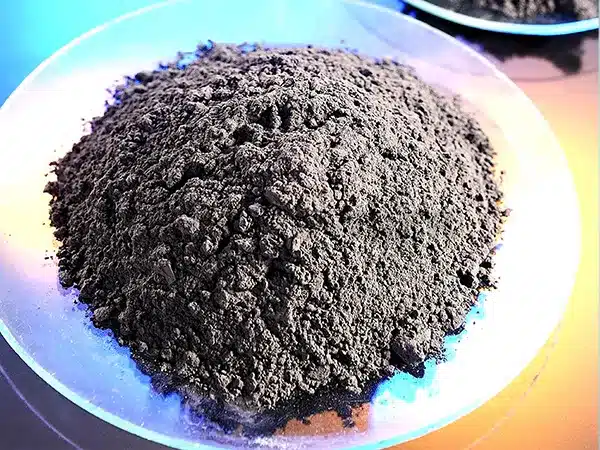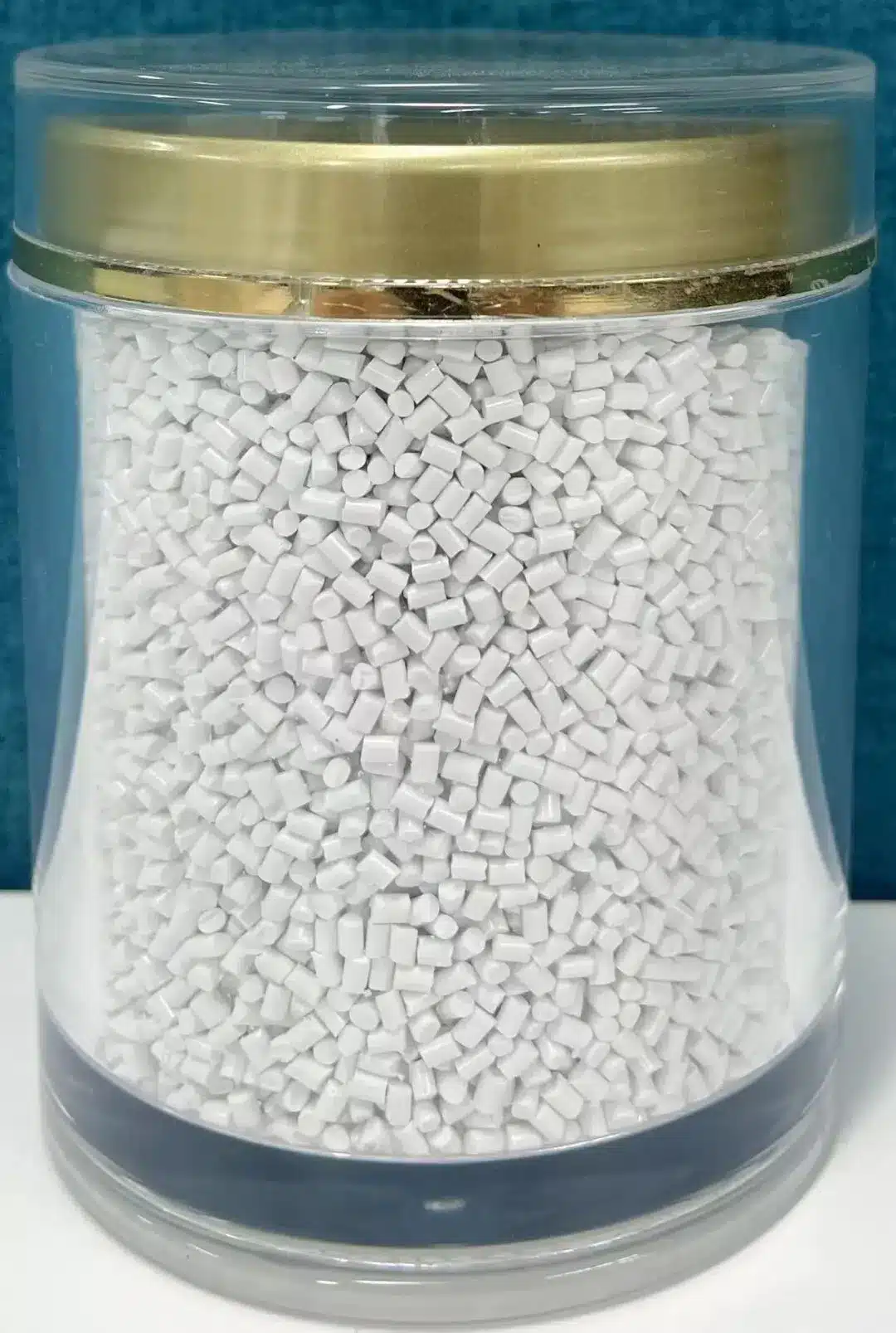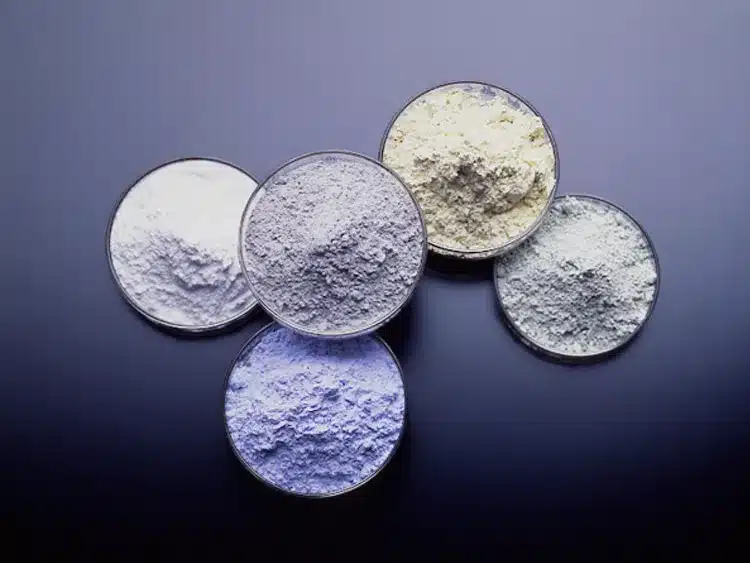Black talc is a silicate mineral with a main chemical composition of Mg3(Si4O10)(OH)2. Due to its graphene-like organic matter, it apprears black or gray-black. It is soft and has good electrical insulation and heat resistance. It is resistant to strong acids and alkalis, has a strong adsorption effect on grease, and possesses excellent lubricity. Its whiteness can reach as high as 97% after calcination.
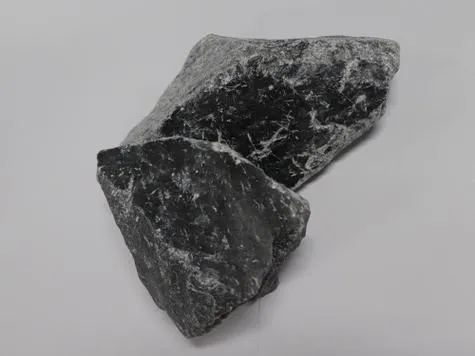
Currently, it is mainly distributed in Guangfeng, Jiangxi; Jiujiang, Jiangxi; Kapeng, Hunan; Pingyuan, Guangdong; Luchuan, Guangxi; Fengdu, Chongqing; and other locations. The reserves in Guangfeng, Jiangxi alone exceed 1 billion tons.
Chemical Composition of Black Talc in Some Parts of China (Mass Fraction/%)
| Origin | SO₂ | Al₂O₃ | Fe₂O₃ | K₂O | N₀O | CaO | MgO | TiO₂ | LOI |
| Jiangxi Guangfeng | 55.84 | 0.34 | 0.13 | — | — | 4.34 | 27.86 | — | 11.14 |
| Jiangxi Jiujiang | 61.56 | 5.86 | 2.58 | 0.57 | 0.14 | 2.32 | 17.16 | 0.19 | 8.89 |
| Hunan Huajie | 61.59 | 2.88 | 1.57 | 0.28 | 0.12 | 1.82 | 23.37 | 0.10 | 7.37 |
| Guangdong Pingyuan | 53.10 | 0.49 | 0.48 | 0.02 | 0.12 | 7.18 | 27.17 | 0.07 | 10.92 |
| Guangxi Wuzhou | 57.56 | 1.03 | 0.42 | — | — | 1.18 | 28.21 | 0.07 | 10.86 |
| Chongqing Fengdu | 61.52 | 2.13 | 1.06 | — | — | 2.89 | 22.80 | — | 9.58 |
Black talc is primarily used as a filler in daily ceramics, rubber, plastics, coatings, and papermaking. Research has found that it also has unique properties in areas such as new energy, environmental protection, medicine, antibacterial applications, and fine chemicals. It has the potential to develop high-value-added products.
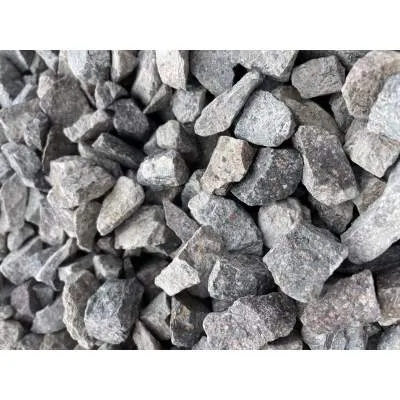
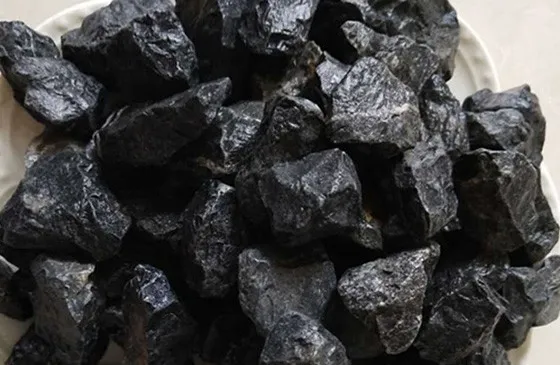
12 Major Applications of Black Talc
1 Graphene Composite Materials
Wu Xiaowen’ team used black talc as a raw material to study the changes in phase behavior during calcination or carbonization at different temperatures and atmospheres. They then sintered the calcined/carbonized products as raw materials to prepare graphene-reinforced enstatite-based composite materials.
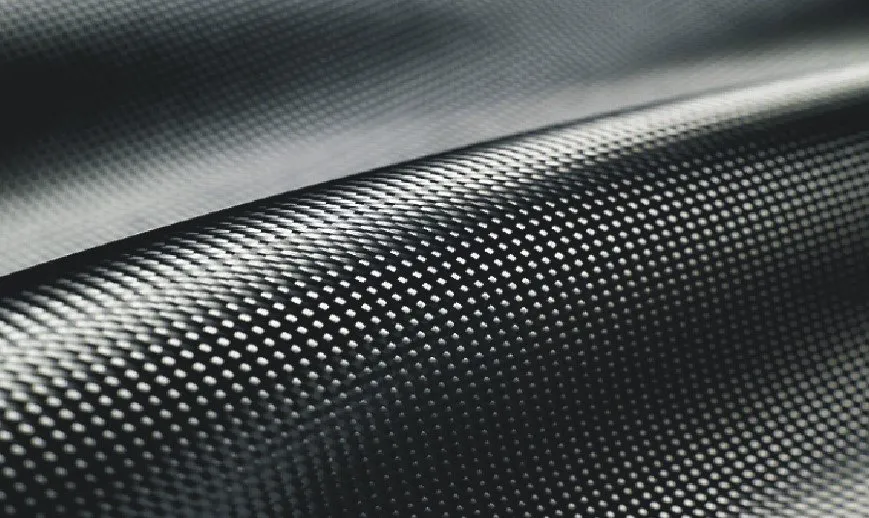
The results show that multilayer graphene exists in talc powder after high-temperature treatment in a nitrogen atmosphere, which plays an important role in enhancing the performance of the composite material. Compared to the composite material prepared by the carbonized product in a nitrogen atmosphere, the average flexural strength of the composite material prepared by the calcined product in an air atmosphere increases by about 10 MPa, the resistivity is one order of magnitude lower, and the average thermal conductivity increases by about 6.2×10⁻¹ W/(m·K).
2 Electrode Materials
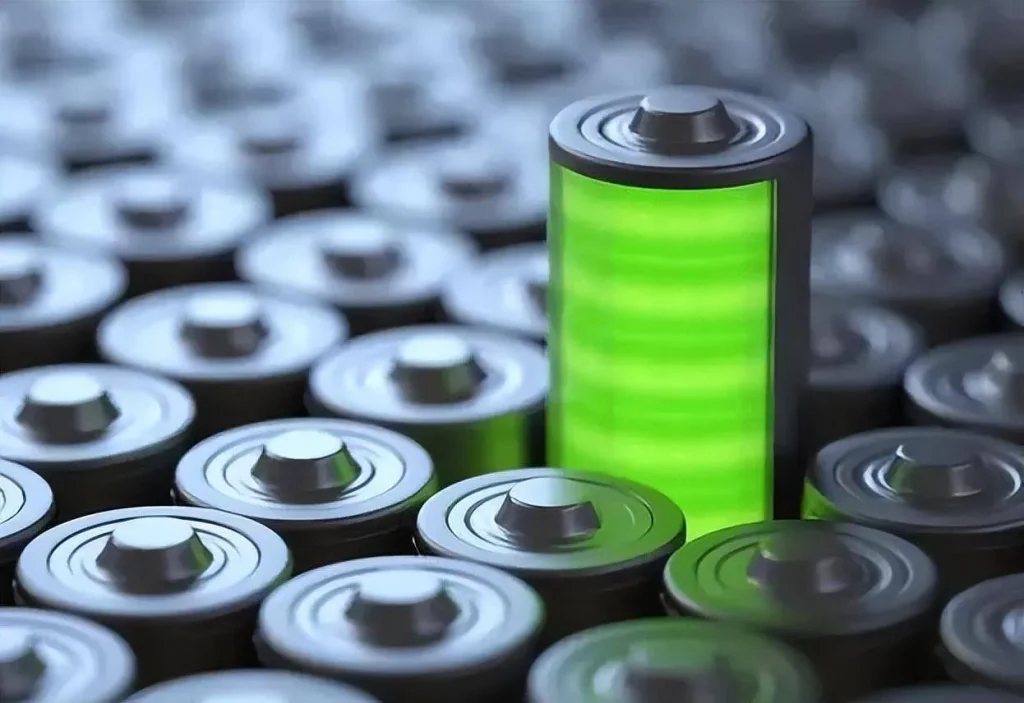
Fan Peng and colleagues used natural black talc as a raw material to extract and prepare a new type of carbon material, FC, from acid treatment. They heat-treated the material at 500℃ and 800℃, respectively, to obtain heat-treated samples FC500 and FC800.
Among these, after heat treatment at 800℃, the fluorinated functional groups on the surface of the carbon material were completely removed. The material’s structural defects increased, the first irreversible capacity decreased, and the electronic conductivity increased. As a result, it has higher first Coulomb efficiency, better rate performance, and cycle performance. The specific capacity of the FC800 electrode at a 0.1C rate is 477 mAh/g, and its specific capacity under various rate conditions is higher than that of the commercial graphite negative electrode. Its cycle performance also outperforms both the FC and FC500 electrodes.
3 Environmentally Friendly Materials
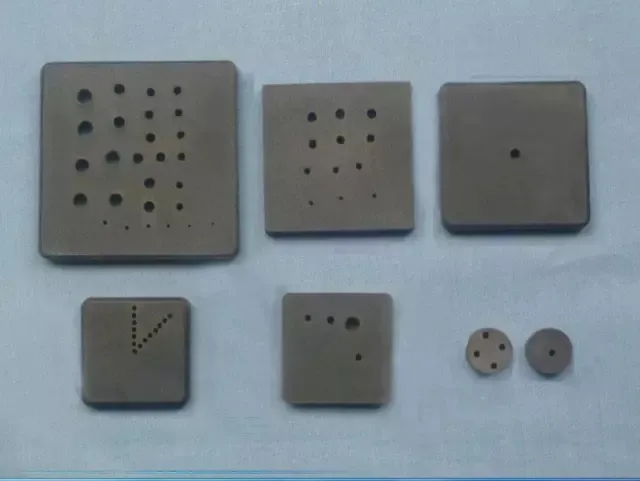
Qin Wenli and colleagues prepared black talc/NiTiO3 composite materials using in-situ synthesis technology. NiTiO3 increased the dielectric loss and enhanced the electromagnetic wave absorption performance of the material. The electromagnetic wave absorption performance was compared with that of black talc/NiFe2O4 composite materials, expanding the application of black talc in electromagnetic wave absorption.
The prepared black talc/NiFe2O4 composite material exhibits good electromagnetic wave absorption performance. With the assistance of microwaves, it shows a strong degradation effect on difficult-to-degrade pollutants, further expanding the application of black talc in pollutant degradation.
4 Special Ceramic Materials
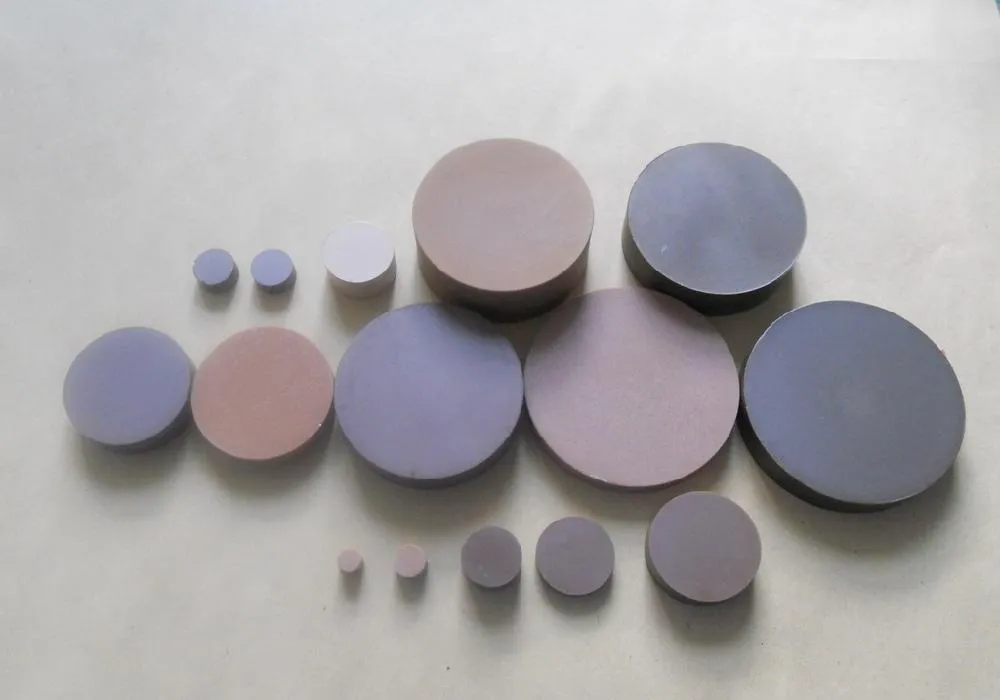
After high-temperature calcination, the main phases of black talc are magnesium silicate and quartz, both of which are low dielectric constant components. Therefore, black talc is expected to become a candidate system for low-cost, low-dielectric-constant ceramic materials.
Liu Zizheng and colleagues used the Guangfeng black talc mine in Jiangxi as the research object and prepared black talc-based microwave dielectric ceramic materials. The study shows that black talc ceramics coexist with the MgSiO3 enstatite phase and SiO2 quartz phase. The sintering density and sample composition significantly affect the microwave dielectric properties of the ceramic materials. When the sintering temperature is 1325°C, the sample exhibits the best microwave dielectric performance with εr = 5.11, Qxf = 56782 GHz, and τf = -17.85×10⁻⁶/°C. This research not only provides new ideas for the high-value utilization of black talc but also offers innovative solutions for ceramic materials used in 5G commercial microwave devices.
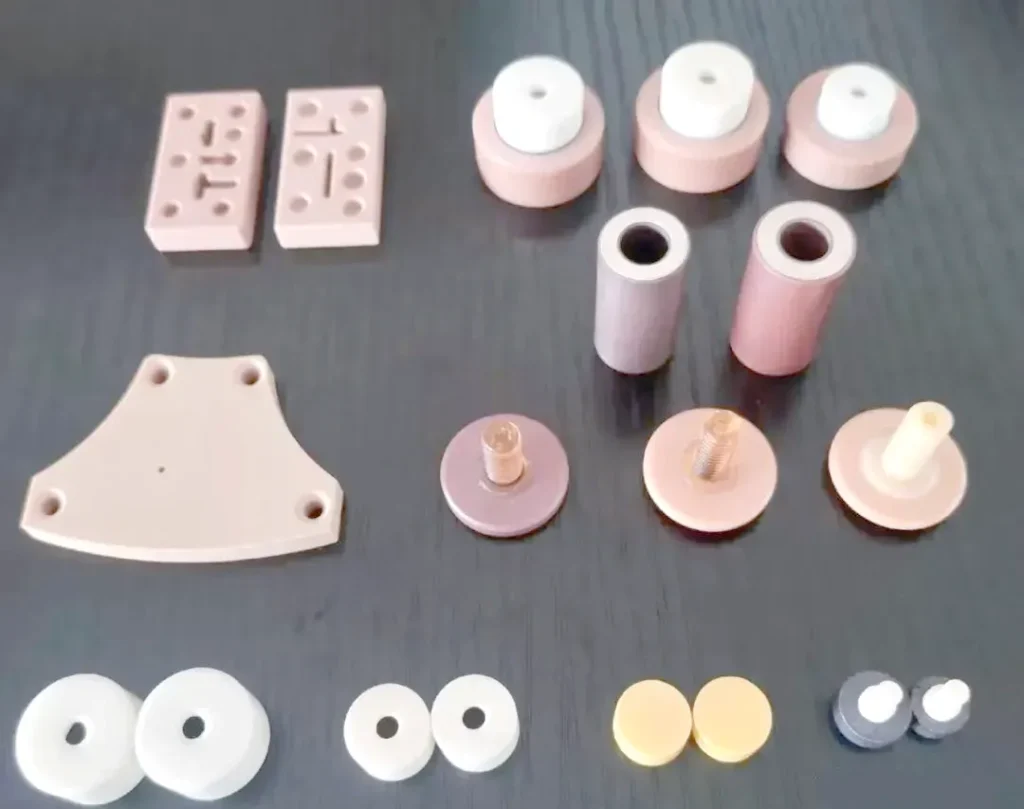
5 Friction Materials
When used in friction materials, it generates a large number of secondary contact surfaces, continuously establishing contact points and reducing their changes. This significantly improves the stability of the friction coefficient.
Shang Xi and colleagues studied the impact of it as a friction coefficient stabilizer in friction materials on the overall performance of brake pads.
They designed a two-level orthogonal experiment with three factors (coke powder, artificial graphite, and black talc) to evaluate the effect of anti-friction fillers on friction performance.
The results indicate that at high temperatures, the synergy between black talc, coke powder, and artificial graphite increases, effectively reducing wear. The total wear rate decreased from 2.49×10⁻⁷ cm³/(N·m) to 1.84×10⁻⁷ cm³/(N·m).
Among these, a mixture of 6 wt.% coke powder, 9 wt.% artificial graphite, and 7 wt.% black talc exhibited the best friction coefficient stability.
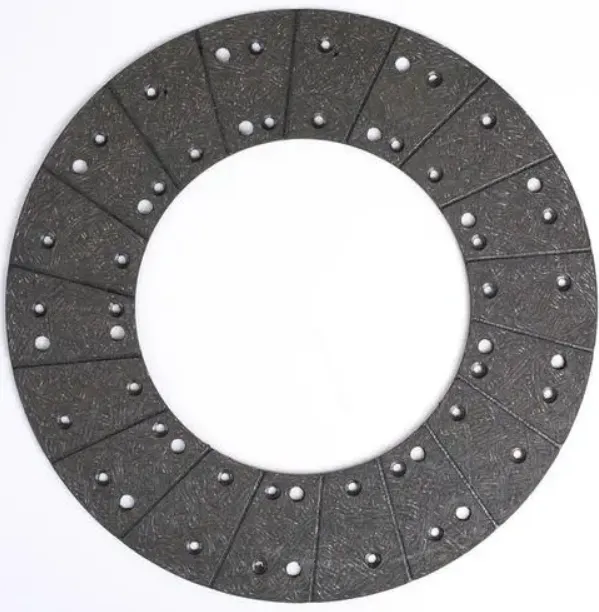
6 Antibacterial Materials
Acid-activated minerals are used as functional cation carriers to implant antibacterial metal ions such as Ag, Cu²⁺, and Zn²⁺. The active ions are stably retained in the minerals and exert antibacterial and bactericidal effects by slowly and safely releasing them.
Based on the stable layered structure, good biocompatibility, and antibacterial properties of black talc (Talc) calcined at 700°C, Meng Yuhang and colleagues prepared a new antibacterial material, ZnO/Talc black talc, through in-situ precipitation in a solution system.
The antibacterial experimental results showed that when the concentration of Z/T-30 was 1 mg/mL, its antibacterial rate approached 100%, which was much lower than the 5 mg/mL required in GB/T21510-2008 “Test Methods for Antibacterial Properties of Nano-inorganic Materials”. When the concentration of Z/T-30 was 2 mg/mL, the survival rate of L929 cells was 84%, still higher than the 75% threshold, and there was no significant cytotoxicity. Additionally, compared with Talc, Z/T-30 leached less Mg²⁺, which helps improve the broad-spectrum antibacterial properties of the material. Therefore, Z/T-30 exhibits excellent antibacterial activity and good biocompatibility, making it a promising inorganic antibacterial material.
7 Medicine

The chemical composition of black talc is low in toxicity, and its clay-like mineral structure provides hemostatic, anti-cracking, and adsorption effects. It can effectively absorb grease, human body corruption, and organic matter, playing a role in hemostasis, sterilization, and antibacterial actions. It can also be used as a drug additive.
8 Filler
Black talc is used in the production of daily-use ceramics. It helps achieve uniform density in ceramics, smooth surfaces, and good gloss after calcination. The ceramics can exhibit different colors depending on the ratio of various components.
9 Plastic
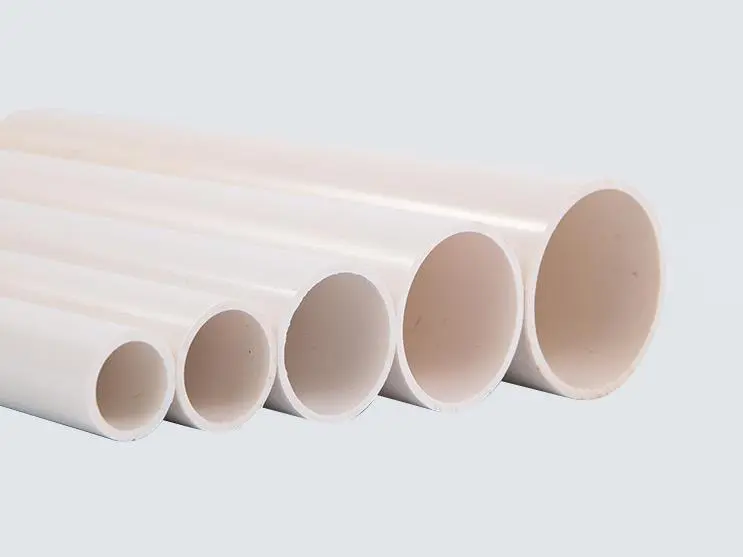
Adding black talc powder to plastics improves chemical resistance, heat resistance, stability, firmness, tensile strength, creep resistance, and electrical insulation.
10 Rubber
In rubber, black talc powder reduces plasticity, adhesion, and improves surface smoothness. It is commonly used in heat-resistant, acid-resistant, alkali-resistant, and insulating rubber products.
For instance, replacing part of the carbon black in automobile tires with black talc powder can enhance the heat resistance of rubber.
11 Coating
In coatings, adding black talc powder can reduce manufacturing costs while increasing shear strength, pressure strength, and tensile strength, and reducing deformation strength, elongation, and thermal expansion coefficients.
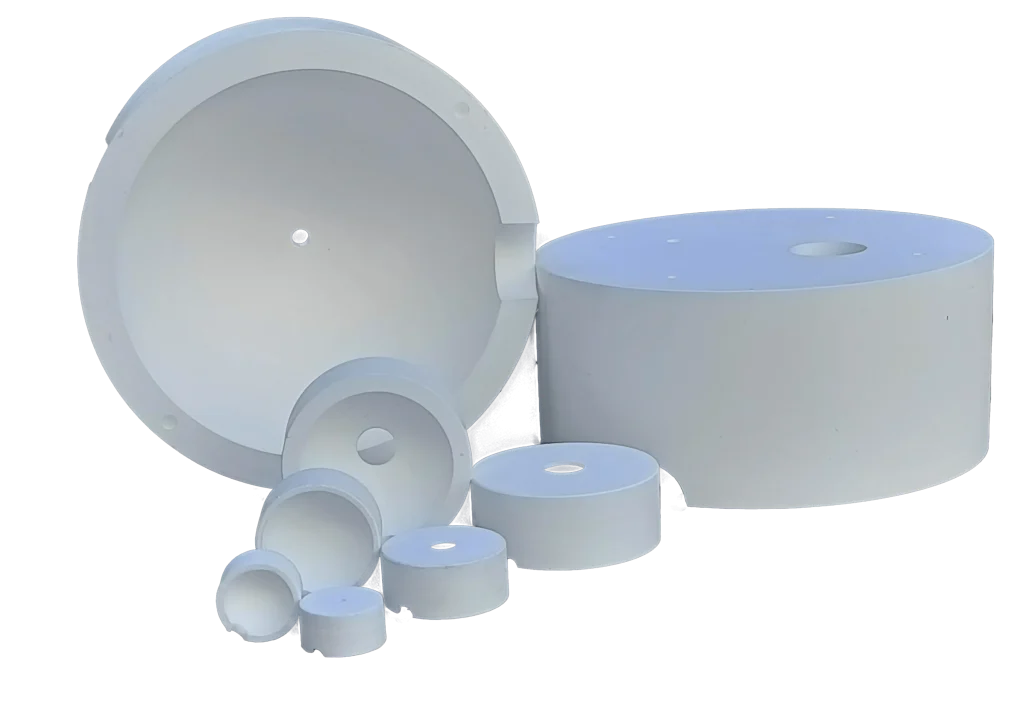
12 Paper Making
The application of black talc in the papermaking industry holds great potential. On the one hand, high-quality white talc mines are decreasing year by year, with fewer mines meeting the whiteness requirements for papermaking.
Although black talc contains organic matter and free carbon, giving it a black or gray-black appearance, its whiteness after calcination can reach more than 91%, or even as high as 97%. This makes it a high-quality filler that surpasses the whiteness of white talc. On the other hand, black talc’s flaky structure, good insulation, heat resistance, adsorption, and lubricity provide paper with added functionality. Itit is generally used as a filler and resin treatment agent in the papermaking industry.
Conclusion
The application of black talc is not a recent development; it has long been used as a filler for ceramic materials, rubber, plastics, and coatings.
However, the application value of black talc is not limited to these areas. Its potential in new energy and new materials has already been recognized. Moreover, its vast reserves make the development of high-value-added products more in line with market trends and offer greater development potential.
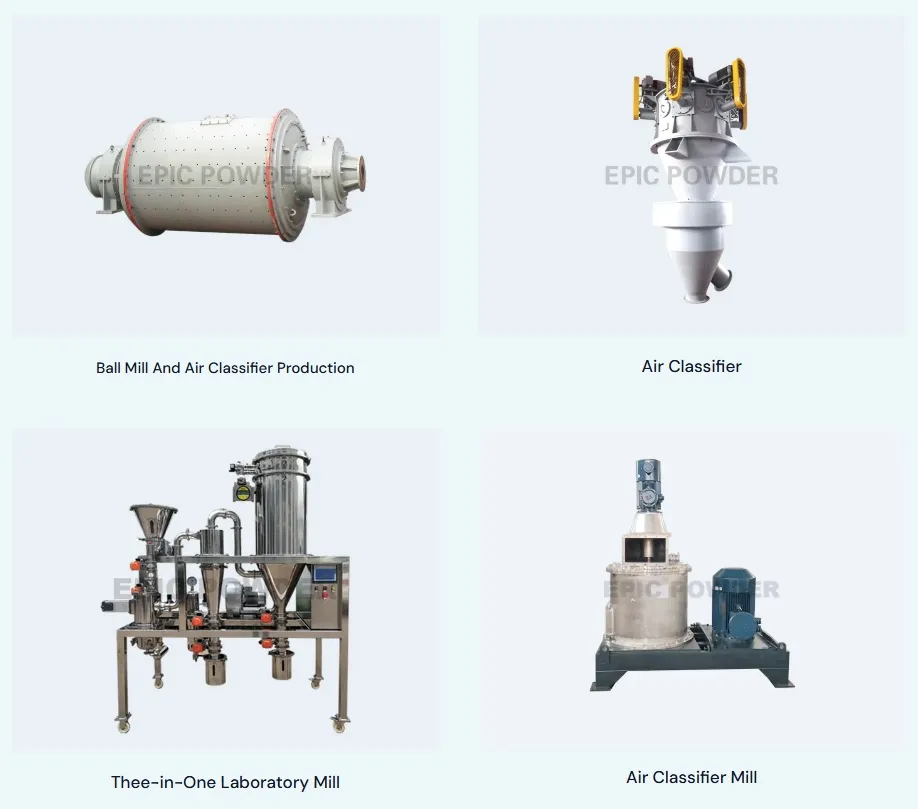
About Epic Powder Machinery
Epic Powder Machinery, based in Qingdao, China, is a leader in providing high-performance ultrafine grinding solutions. With decades of experience, our advanced machinery, including air classifier mills and jet mills, serves a wide range of industries. We are committed to helping customers optimize their powder processing needs, ensuring efficiency, precision, and the highest quality in every product. Whether you’re in ceramics, pharmaceuticals, or any other industry requiring fine powder production, Epic Powder is your trusted partner for cutting-edge grinding technology.


